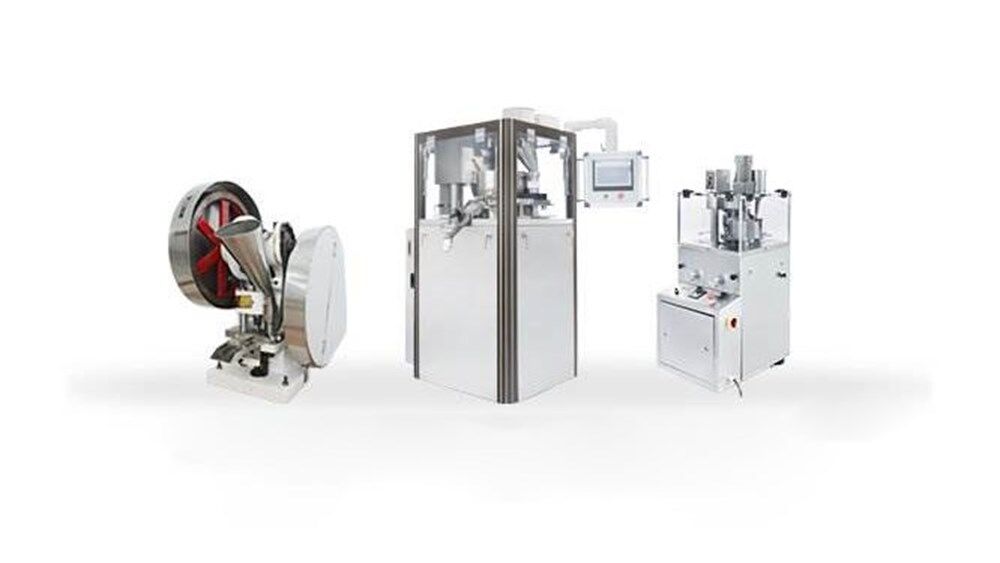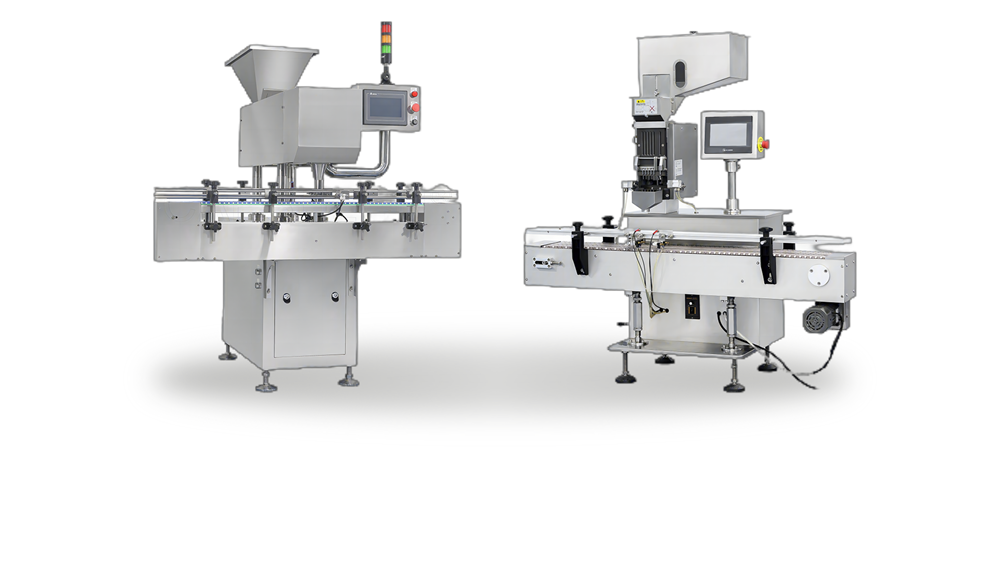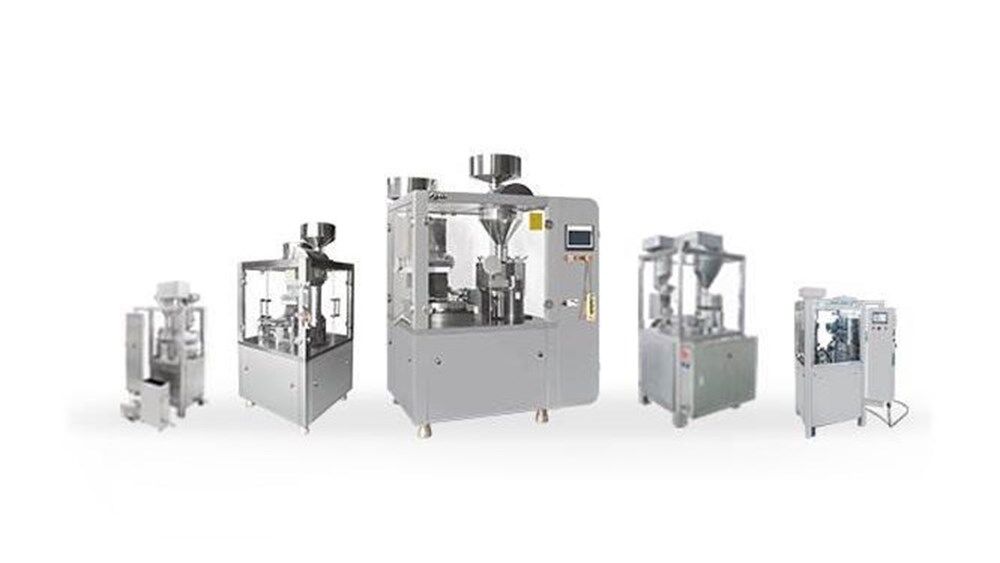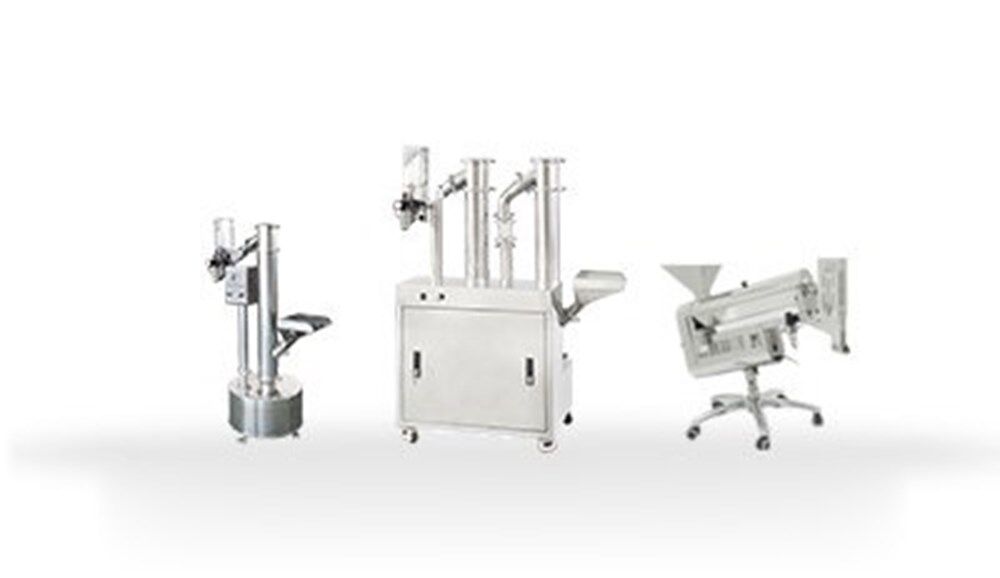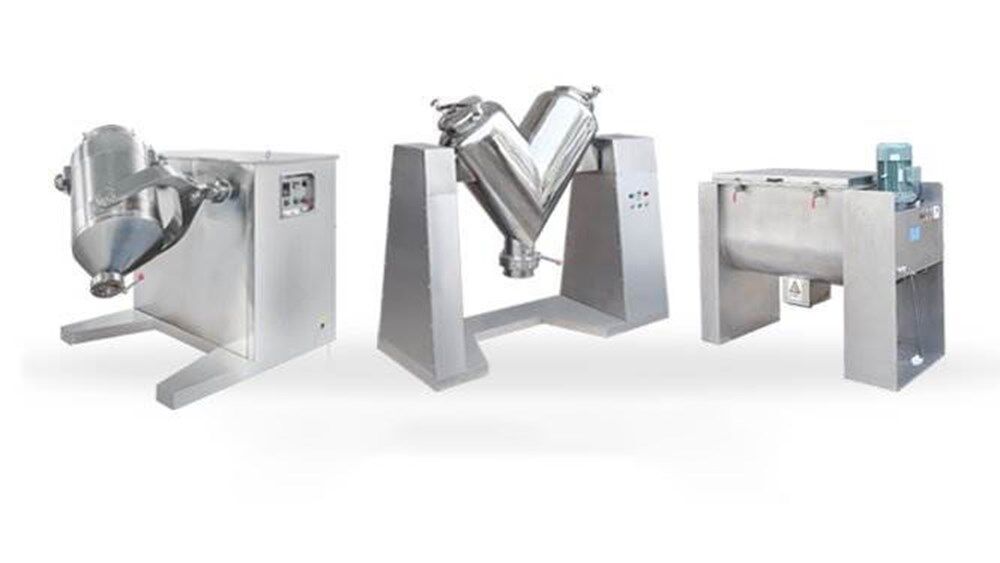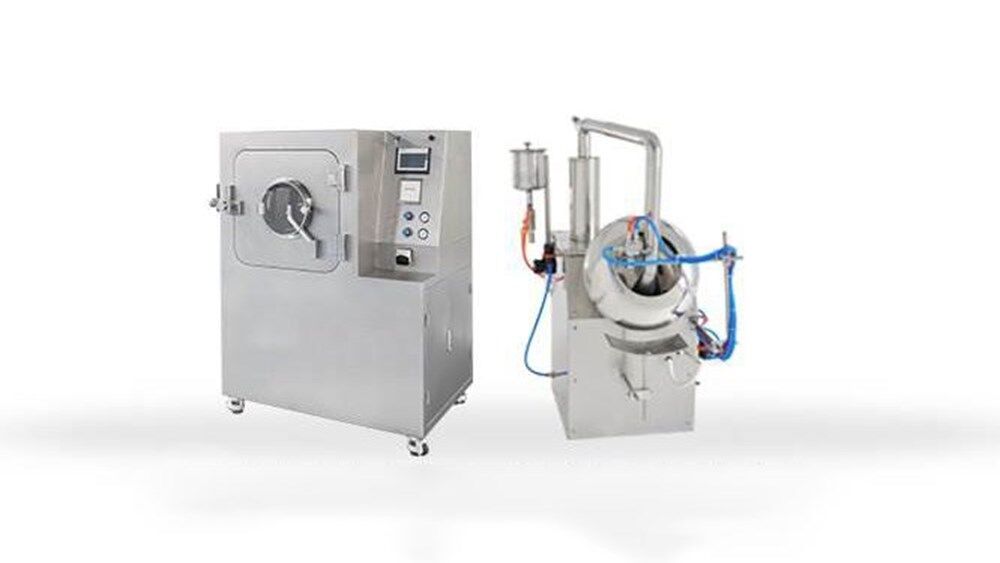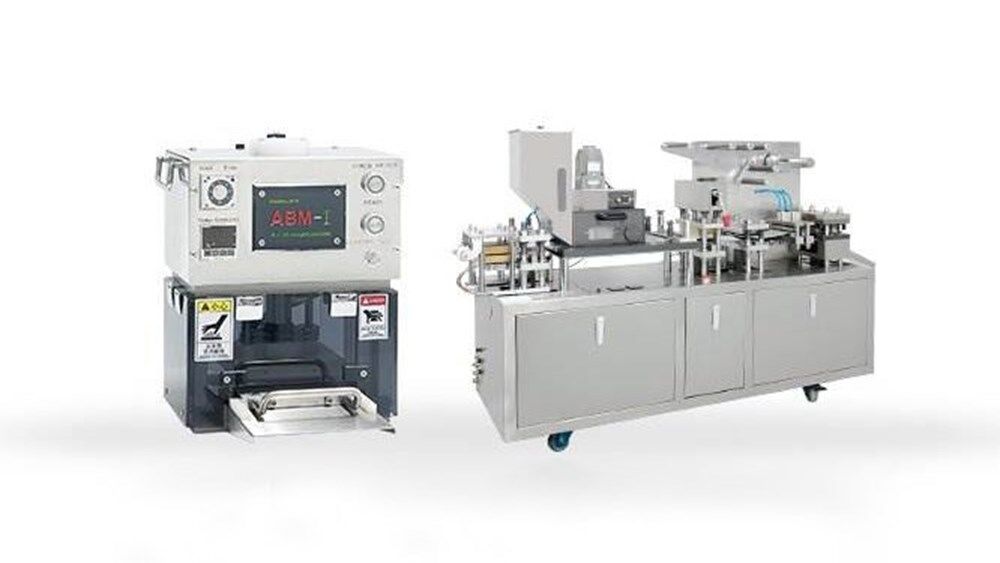Manufacturing of Semi-Solid Drug Products: A Comprehensive Guide
If you are trying to make semi-solid dosage forms, it can feel like a bit of a jungle. Whether you're a researcher trying to figure out how to make them, a pharmaceutical company looking for someone to make them for you, or just curious about how they're made, this guide has you covered. We will take you through everything, from picking the right materials and creating the formula to testing and quality control. By the time you've finished reading, you'll have a good idea of what's involved in bringing your semi-solid drug products to market.
What Are Semi-Solid Dosage Forms?
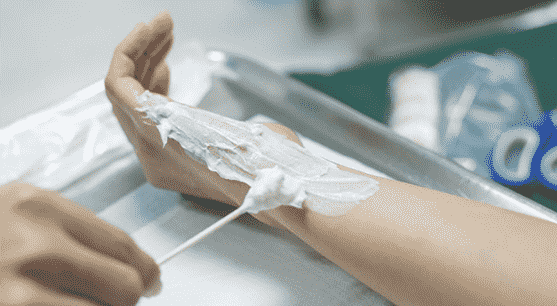
Semi-solid dosage forms are a special kind of pharmaceutical that falls somewhere between a solid and a liquid. You can use them for skin or other body parts. They're also great for sensitive skin and mucus membranes, like inside the nose, eye, and rectum. Their smooth, non-gritty texture makes them easy to apply and reduces skin irritation, which is important for topical drugs.
What Are Different Types of Semi-Solid Pharmaceutical Products?
Semi-solid dosages are diverse. There are lots of different types with different properties. Ointments, for example, are thick and oily. This makes them form a barrier that helps the medicine sink in. Creams and lotions are lighter and easier to spread because they have more water. Pastes are known for being thick and creamy, usually made with a powder base.
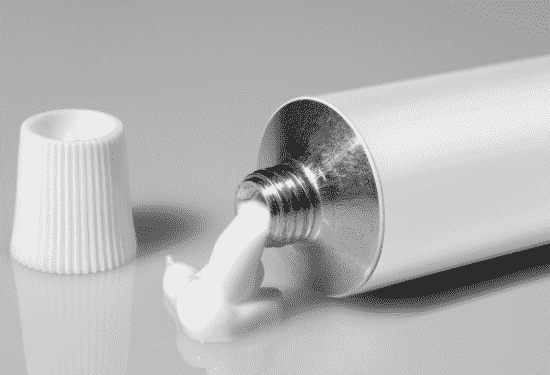
Gels are like transparent, watery liquids that are smooth and easy to spread. Jellies are similar to gels, and they're mostly water, active ingredients, and gelling agents.
Lastly, suppositories are designed for rectal or vaginal administration and melt or dissolve at body temperature, releasing the active ingredients for localized absorption.
What is the Manufacturing Process of Semi-Solid Drug Products?
The successful semi-solid drug product manufacturing usually depends on many steps. For example:
Step 1 - Formula development
First, we carefully plan how to make the drug. And at this stage, we should consider the desired effect, the physical and chemical properties of the ingredients, and all the relevant rules and regulations. This step aims to create a stable and effective formula.
Step 2 - Equipment selection
We need to make sure we have the right equipment. These may include liquid and solid mixing equipment, dispersion, grinding, emulsification, homogenization, and ultrasonic processing.
Step 3 - Filling and packaging
We process the raw materials in a strictly controlled environment. Then, we fill and package everything precisely. And please remember, you should keep a consistent, uniform, stable product throughout this whole process.
Step 4 - Quality control
It's crucial to have strict quality control. We do thorough product testing, including sampling and analysis. It is to ensure the final product meets all the industry standards and is safe to sell.
Step 5 - Batch release and record keeping
After all quality checks are done, you can release the batches for distribution. At the same time, you should keep detailed records of every step in the manufacturing process. This allows us to track the products and analyze them in the future.
What are the Factors That Can Affect Semi-Solid Drug Manufacturing?
When making semi-solid pharma products, there are several important things to consider. They may include:
Temperature
Temperature plays a critical role in the production of semi-solids, especially those involving oil and water emulsions. Accurate temperature control is essential to
- Optimizing uniformity - Maintaining consistent and homogeneous mixing of ingredients.
- Ensuring proper particle distribution - Achieving the desired dispersion of active ingredients and excipients within the formulation.
- Maintaining Optimal Physical Properties - Ensuring that the final product has the desired spreadability, consistency and stability.
|
Product Type |
Temperature Requirements |
|
Creams |
~70°C |
|
Gels |
4-10°C |
|
Ointments |
30-80°C or ~40°C |
Machine selection and operation
Picking the right equipment and using it correctly can make or break how good and efficient your product is. Here are some of the most important pieces of equipment:
- Agitators: For mixing ingredients until they're mixed in.
- Emulsifiers: For making stable emulsions.
- Jacketed vessels: These keep a steady temperature during processing.
- Storage tanks: For holding and storing raw materials and intermediate products.
- Mixers and grinders: These are used to process and refine the product to the right consistency.
Testing
We test our products at every stage of production to ensure they meet our high standards of quality and safety. Here are some of the main tests we perform:
- We conduct physical tests to check appearance, color, viscosity, spreadability, and consistency.
- We also perform microbiological tests to check for microbial contamination, ensuring the product is sterile.
- Finally, we conduct chemical tests to verify the product's purity and safety.
- We check for the presence and concentration of active and other ingredients, as well as for byproducts that are created when the product is degraded.
Packaging and storing
To keep your products stable and effective, good packaging and storage conditions are essential.Here are some key things to keep in mind:
- Container selection: Picking containers (tubes, jars, bottles) that can protect the product from contamination, light, and moisture.
- Storage conditions: Maintaining the right temperature, humidity, and light conditions to prevent product degradation and ensure long-term stability.
Which are Important Process Parameters in Semi-Solid Drug Manufacturing?
We should pay attention to a few important things during the manufacturing process for semi-solid drug products. This will help ensure that the product is consistently high-quality and effective.
1. Temperature control
The temperature has to be exactly right while the product is being made. If the heat is too high, the active ingredients can be damaged, which can make the product unstable. If the heat is too low, you might not mix the ingredients properly, which can cause lumps to form.
2. Mixing approach and speed
The way you mix something and how fast you mix it can have a big impact on the quality of the final product. If you mix things the right way, you'll get a nice, even distribution of ingredients, and you'll be able to achieve the desired thickness. This also helps prevent the formation of lumps. During the mixing process, it's important to control the amount of force applied to the ingredients to avoid damaging heat-sensitive components.
3. Pressure dynamics
When you are working with vacuum or pressure processes, you should keep an eye on the pressure dynamics. Maintaining the right pressure in your manufacturing device is critical for preventing product loss, ensuring proper mixing, and preserving the product's integrity.
What Challenges You May Face in Producing Semi-Solid Medicine?
Even though technology has improved, making semi-solid drug products still poses some challenges.
Creating innovative formulations
Making new and innovative semi-solid formulations requires a lot of research and development.
This includes:
- Separating the active pharmaceutical ingredients (APIs) from the other ingredients.
- Extracting high-tech biological ingredients to add to the formulations.
- Designing and developing new formulations that work better and have better results for patients.
- We develop and design formulations for sensitive APIs and delivery routes.
Transdermal Drug Delivery
It's still hard to get APIs into the body through the skin. Research and development are needed to design more efficient and effective delivery systems that go through the skin.
Minimizing Side Effects
The third challenge is finding the right balance between how well the medication works and how many side effects there are. When creating strong medicines,you have to reduce the chance of side effects like skin irritation, allergic reactions, and when the medicine enters the bloodstream.
Final Takeaways
In short, to make good semi-solid medicine, you have to pay attention to every detail and understand how complicated it is. Manufacturers can overcome the challenges and improve their production processes by thinking carefully about this information. If you need more help or highest-quality cream filling machines, please contact iPharMachine.
Leave your comment
Also Offers
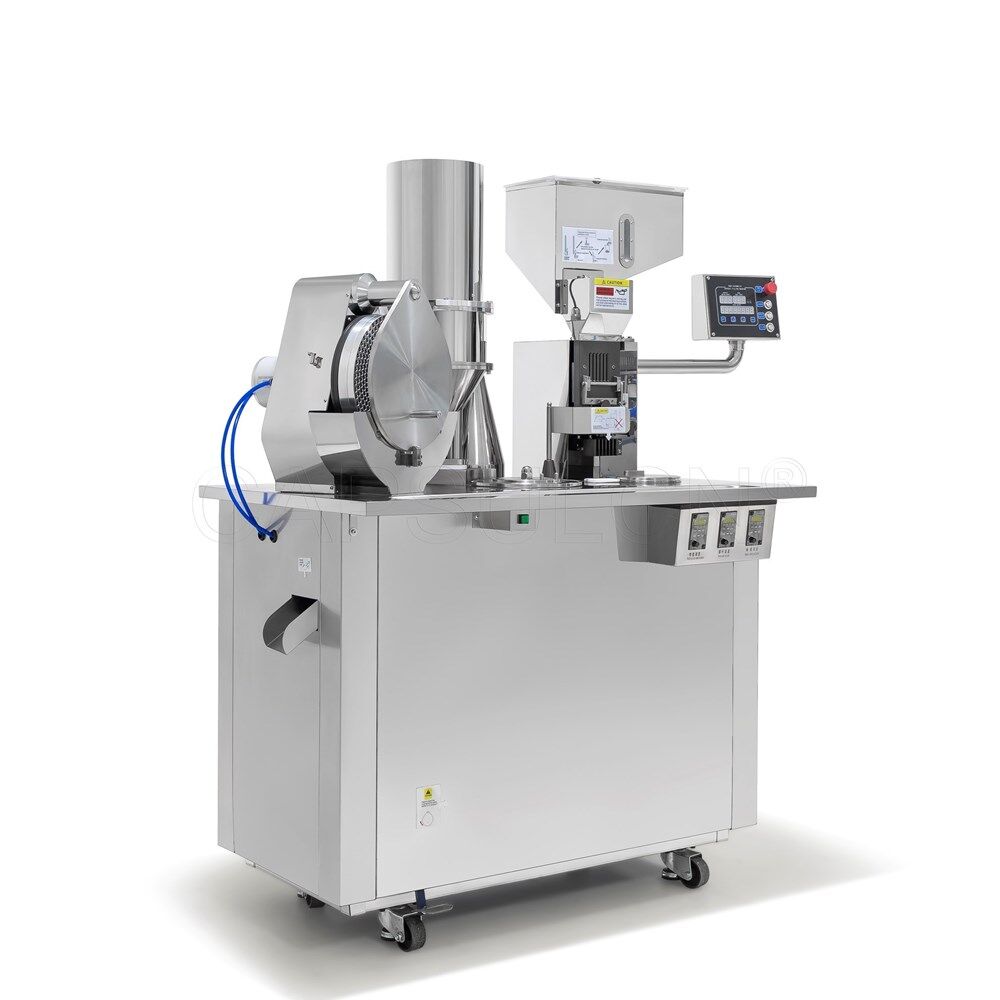
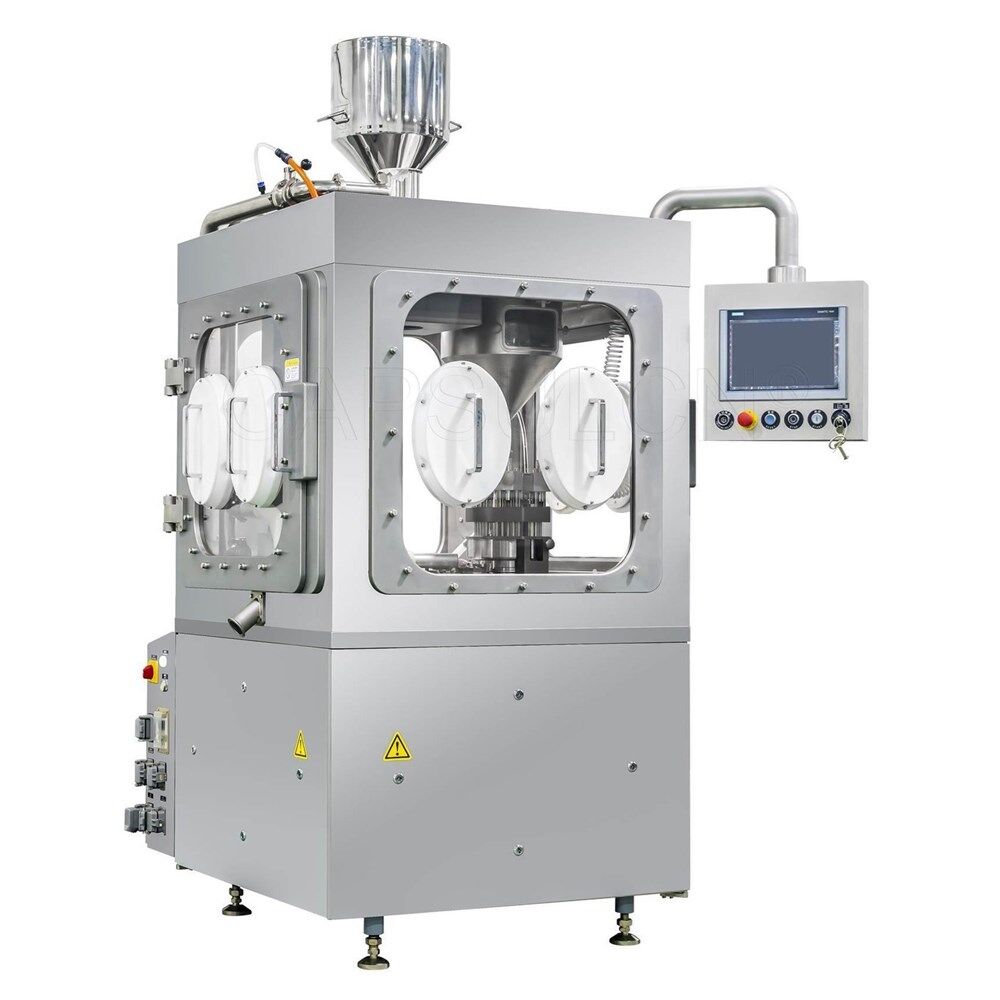
Containment Automatic Capsule Filling Machine SFK-703
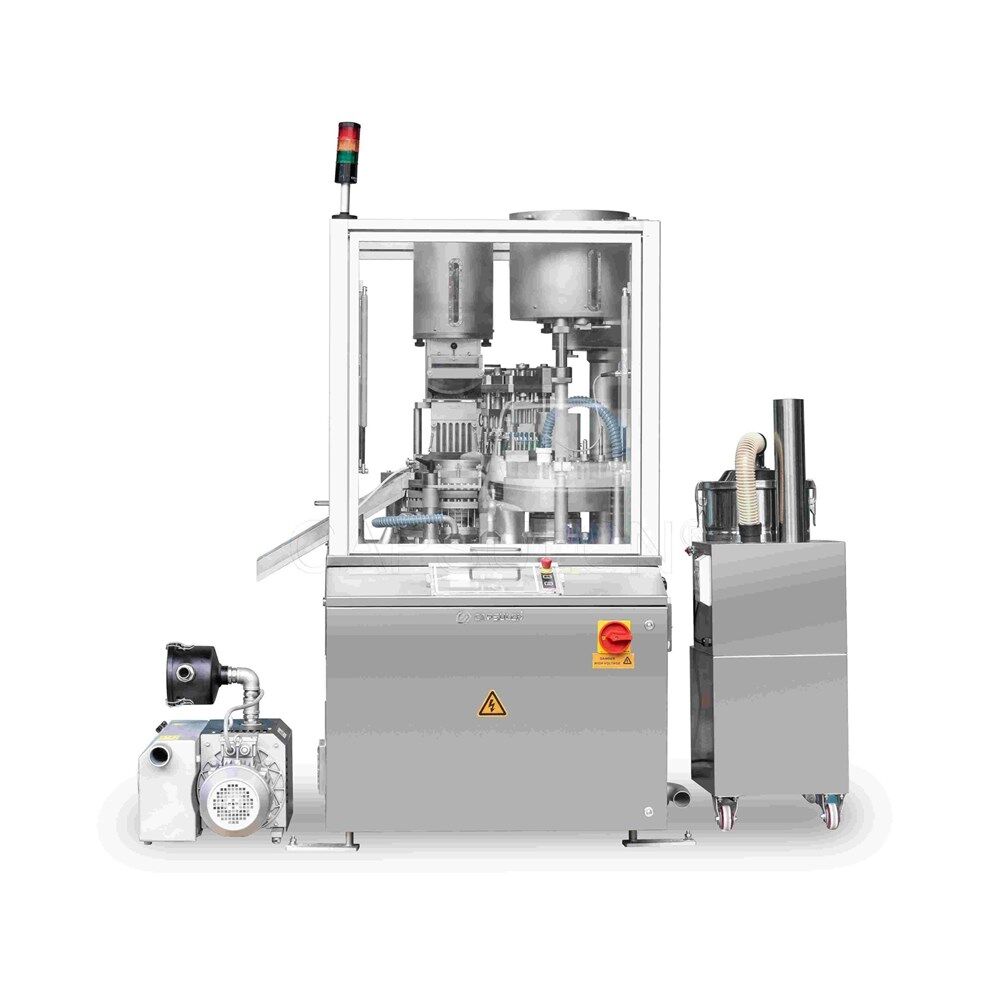
Fully Automatic Dosator Capsule Filling Machine CZ-40

Our Team
As an expert in the pharmaceutical and pharmaceutical packaging industry, iPharMachine has provided solutions for hundreds of pharmaceutical and health product manufacturers for 17 years. By visiting customers, we get good reviews from our customers.
- info@ipharmachine.com
- English Español Deutsche
